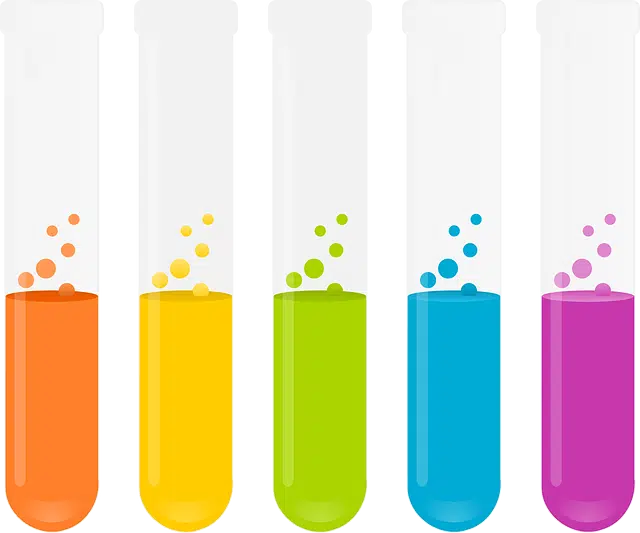
Sublimation is the process that takes a material from the solid state to the gaseous state without going through the liquid state.
The etymological origin of the word that we are now going to analyze is found in Latin. Specifically, it comes from the word sublimatio , which can be translated as "elevation", which in turn emanates from the Latin verb sublimare which can be ruled to be synonymous with "to exalt or elevate."
Sublimation is defined as the act and consequence of sublimating (that is, going directly from the solid state to the vapor state or enlarging, highlighting or extolling someone or something).
Sublimation in chemistry
For chemistry , sublimation (a phenomenon also defined as volatilization ) is the procedure that is based on modifying the solid state of a material to a gaseous state, without having to take it to the liquid state. The concept also allows us to name the opposite method (the direct transfer between the gaseous state and the solid), although it is more common to speak of reverse sublimation or crystallization.
Sublimation is present in the water cycle , which can be found in a solid (ice), liquid (oceans) or gaseous (steam) state. The hydrological cycle develops from the sun 's radiation and the gravitational force: the sun causes the water in the oceans to transform into vapor and pass into the atmosphere, until it returns to its liquid or solid phases through the precipitation (rain, snow). Water also reaches the gaseous state by sublimation of its solid state.
Dry ice is an example of a substance capable of sublimation. The purification of sulfur and iodine also involves a sublimation process. Vapor pressure or saturation is known as the pressure at which, at a given temperature, the solid (or liquid) phase and the vapor phase reach equilibrium or dynamic harmony.

In psychology, a defense mechanism is called sublimation.
A type of print
In the same way, we must mention the fact that the term we are addressing is also used in the technological field. Specifically, it is used to define a type of printer that is characterized by the fact that it transfers ink to paper using heat and an ink ribbon that has four colors and is produced in call CMYK.
Specifically, the results achieved with this sublimation printer are of very high quality, which means that wherever you work with it it is especially in the field of professional photography. In contrast to this great benefit of using it, the cost of obtaining copies with it is higher than with any other similar device.
Sublimation in psychology
Psychology , for its part, speaks of sublimation to name a defense mechanism that consists of replacing the individual's instinctual object of desire with another object, which loses its sexual charge when passing through consciousness.
In this area, it should be noted that the father of this terminology was the Austrian doctor and neurologist Sigmund Freud, also considered the father of psychoanalysis. This character developed and thoroughly explained the aforementioned sublimation in a large number of scientific works, such as the work titled "Cultural sexual morality and modern nervousness."
